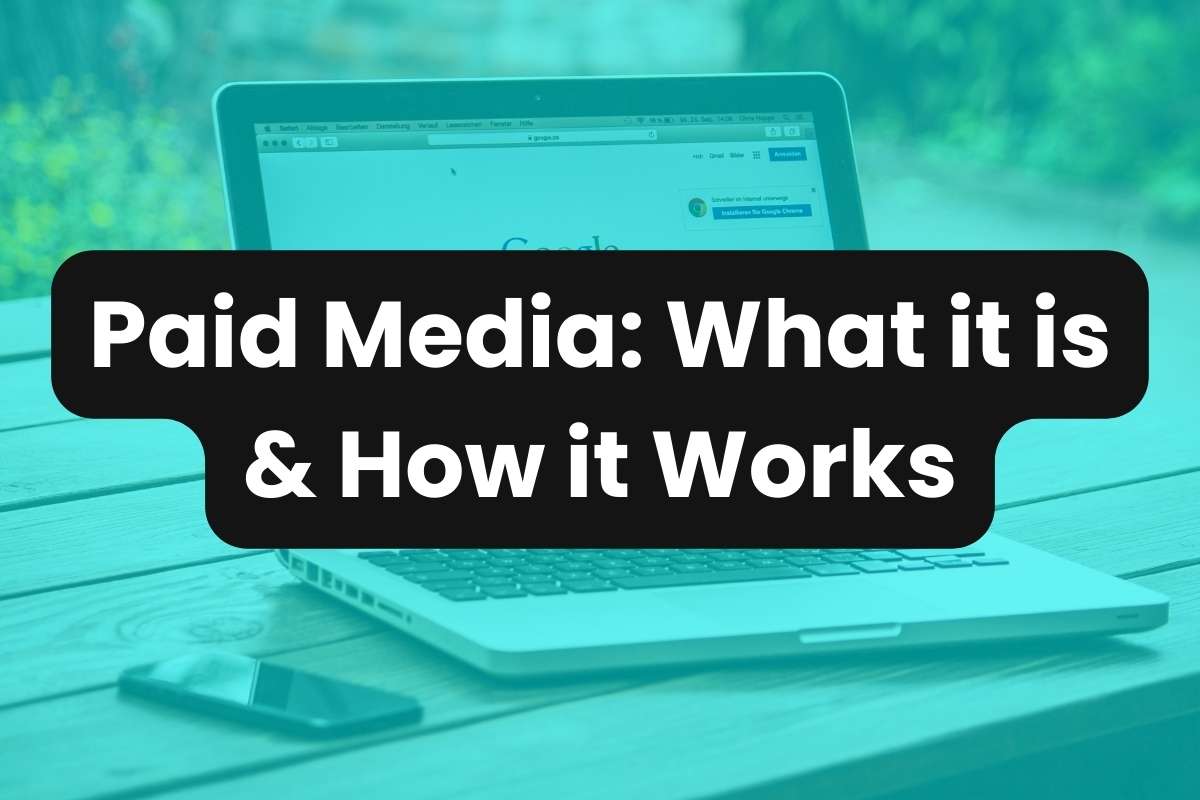Paid media stands out as a crucial component of successful marketing strategies.
It encompasses a wide range of advertising tactics that can significantly boost brand visibility, drive traffic, and increase conversions.
This article will delve into what paid media is, how it functions, the platforms you can leverage for paid advertising, the importance of analytics in paid media, and tips for optimizing your paid media strategy.
What is Paid Media?
Paid media refers to any form of advertising that requires payment to place your brand in front of your target audience through various digital channels.
Unlike earned or owned media, paid media is all about purchasing visibility on platforms where your potential customers spend their time.
It’s a direct way to promote your content, products, or services to a targeted audience, ensuring that your marketing messages get seen by the right people, at the right time.
How Does Paid Media Work?
Paid media works by leveraging advertising platforms to deliver targeted ads to users based on specific criteria such as demographics, interests, behaviors, and more.
Advertisers bid on keywords or audiences, and placements are often determined through real-time bidding (RTB) processes.
The ultimate goal is to reach potential customers efficiently, driving them to take desired actions such as making a purchase, signing up for a newsletter, or visiting a website.
Examples of Paid Media Platforms
Google Ads: Allows advertisers to display their ads on Google’s search results pages and across its network of partner websites. Keyword targeting is a key feature, enabling ads to appear based on what users are searching for.
Facebook Ads: Offers highly detailed targeting options based on user data such as interests, behaviors, location, and more. Ads can appear in users’ News Feeds, in the sidebar, and in Instagram feeds.
LinkedIn Ads: Ideal for B2B marketing, offering targeting options based on professional criteria like industry, job title, and company size. Ads can be displayed in various formats across the LinkedIn platform.
Twitter Ads: Enables brands to promote tweets, accounts, or trends. Targeting options include interests, geography, and user behaviors.
YouTube Ads: Allows advertisers to display static, dynamic, and video ads on videos posted by content creators on their platform.
Paid Media Analytics
Analytics play a crucial role in the success of paid media campaigns.
Platforms offer detailed insights into campaign performance, including metrics such as impressions, clicks, conversion rates, and ROI.
By analyzing these data points, advertisers can understand how their ads are performing, identify trends, and make informed decisions to improve future campaigns.
How to Optimize Paid Media Strategy
Here are five top ways to improve a paid media campaign and boost engagement through advertisements:
Targeting: Refine your targeting options to ensure your ads reach the most relevant audience. Use platform analytics to identify high-performing segments and adjust your targeting criteria accordingly.
A/B Testing: Continuously test different aspects of your ads, including copy, imagery, and call-to-action buttons, to determine what resonates best with your audience.
Budget Management: Monitor your spending closely and adjust bids based on performance data. Consider allocating more budget to high-performing campaigns and keywords.
Landing Page Optimization: Ensure that the landing pages linked from your ads are optimized for conversion, offering a seamless user experience that matches the promise of the ad.
Stay Updated: The digital advertising landscape is constantly changing. Keep abreast of the latest trends, platform updates, and best practices to maintain a competitive edge.
Boost Your Paid Media with Sniply
Sniply helps marketers implement a strategic approach to paid media can propel a brand to new heights, driving measurable results and maximizing the return on a paid media budget.
By understanding how paid media works, leveraging the right platforms, analyzing performance data, and continuously optimizing your strategy, you can achieve your marketing objectives and grow your business.


